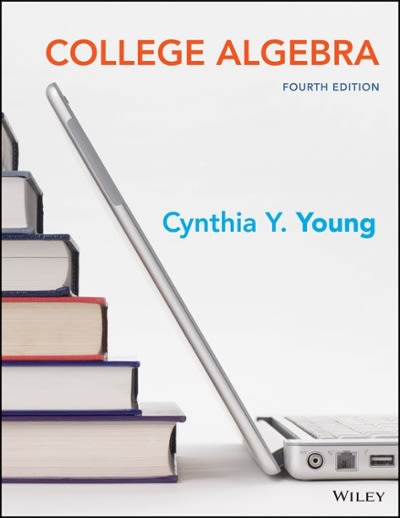Question
Figure 9.3 from the course book gives an examination of the traditional and social models of dynamic. Old style choice hypothesis sees the administrator as
Figure 9.3 from the course book gives an examination of the traditional and social models of dynamic. Old style choice hypothesis sees the administrator as acting in a universe of complete sureness. Social choice hypothesis acknowledges the idea of limited levelheadedness and proposes that individuals act just as far as what they see about a given circumstance.
Traditional and Behavioral Decision Theory: Classical choice hypothesis accepts that the chief deals with an obviously characterized issue, knows all conceivable activity choices and their outcomes, and afterward picks the elective that offers the best, or "ideal," answer for the issue.
The greater part of us approach dynamic help from master frameworks that explanation like human specialists and follow "either-or" rules to make allowances. Fluffy rationale that reasons past either-or decisions and neural organizations that explanation inductively by mimicking the mind's equal preparing capacities are turning out to be operational real factors that will move past basic customized choices.
Limited reasonableness is a shorthand term proposing that, while people are contemplated and legitimate, people have their cutoff points. People decipher and sort out things inside the setting of their own circumstances. They participate in dynamic "inside the crate" of an improved visible of a more perplexing reality. This at last prompts satisficying wherein chiefs pick the primary elective that seems to give an adequate or an agreeable answer for the issue.
This makes it hard to understand the ideal of traditional dynamic. Therefore, the traditional model doesn't give a full and precise portrayal of how most choices are made in associations.
The Garbage Can Model: The trash bin model perspectives the principle segments of the decision interaction - issues, arrangements, members, and decision circumstances - as totally turned around together in the "trash bin" of the association. At the point when the authoritative setting is steady and the innovation is notable and fixed, customs, technique, and the managerial design help request the substance of the "trash bin." When the hierarchical setting is dynamic, the innovation is changing, requests are clashing, or the objectives are indistinct, the segments of the "trash bin" get stirred up.
The trash bin model features two significant authoritative unavoidable truths that apply to everyone:
Various people may do decision making and execution.
Numerous issues go inexplicable.



Step by Step Solution
There are 3 Steps involved in it
Step: 1

Get Instant Access to Expert-Tailored Solutions
See step-by-step solutions with expert insights and AI powered tools for academic success
Step: 2

Step: 3

Ace Your Homework with AI
Get the answers you need in no time with our AI-driven, step-by-step assistance
Get Started


